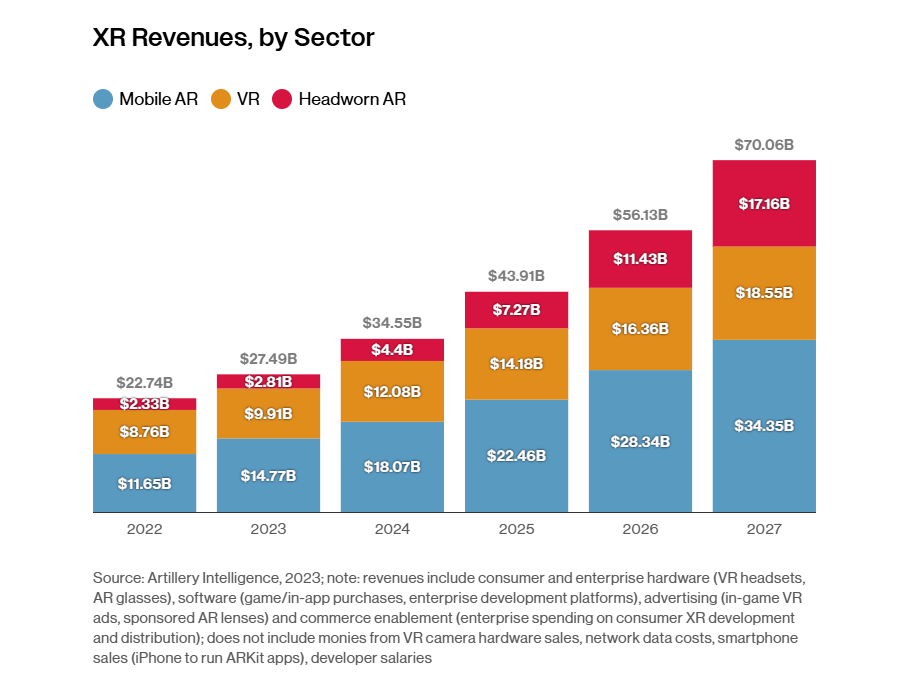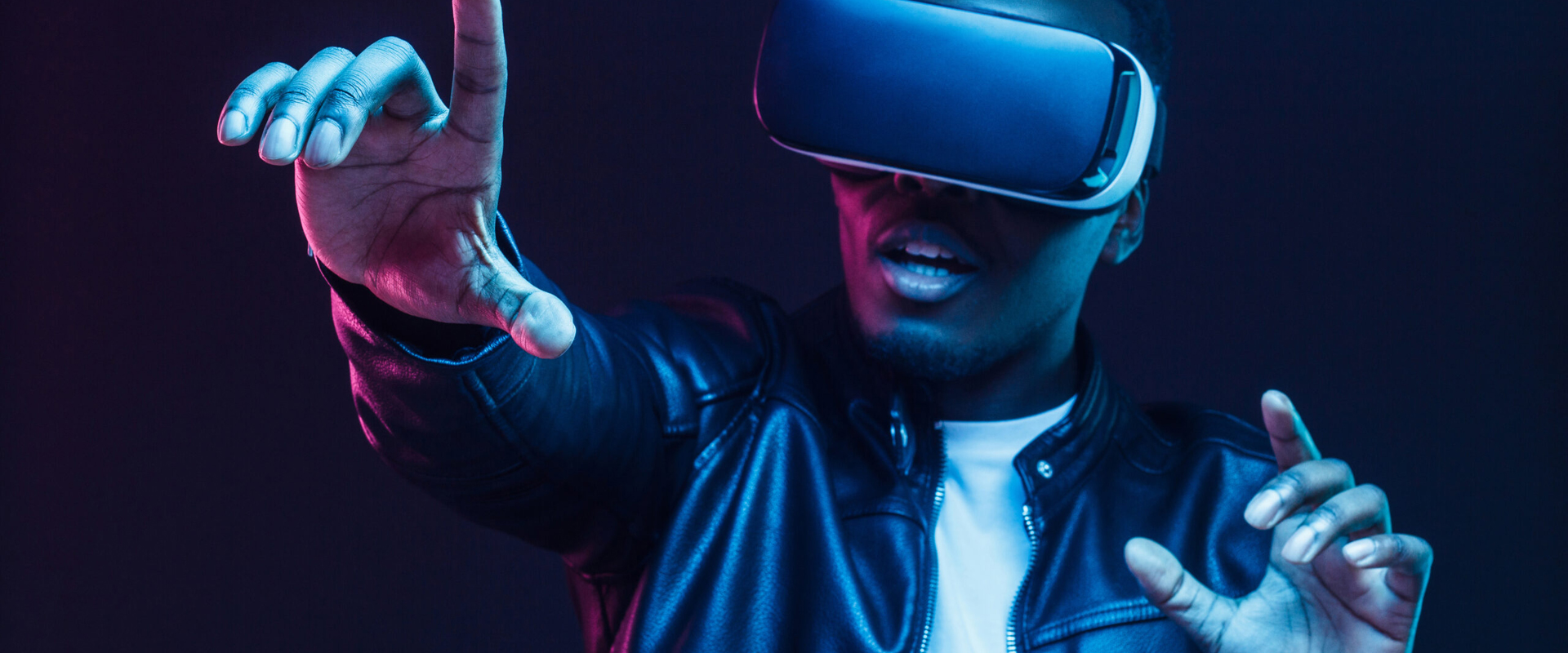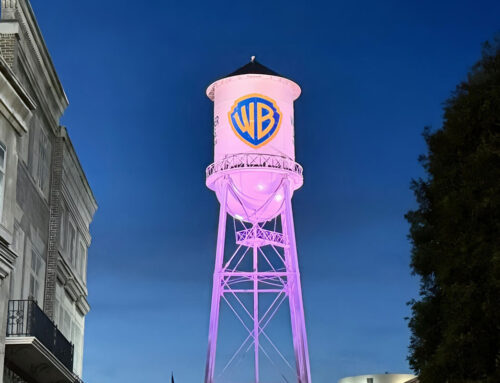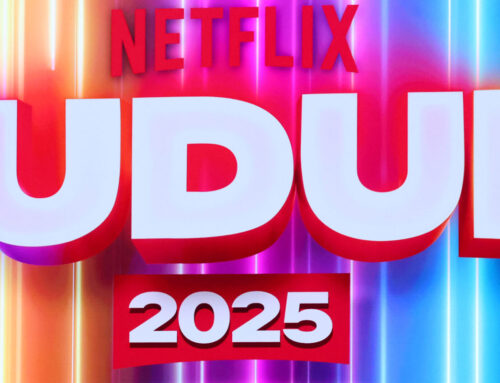A New Era of Storytelling: Immersive Entertainment Demands Innovative Creators
With Apple’s release of “Submerged”, its first original scripted film for the Vision Pro headset, director Edward Berger proclaimed it a turning point for filmmaking. This sentiment rings true as immersive technologies – spanning advanced spatial tech, LED screens, dome projections, and next-gen headsets like Vision Pro, Meta Quest, and HTC Vive – transform how stories are told. Despite limited mass adoption, these tools are unlocking unprecedented creative possibilities. “Submerged”, the first short film scripted for Apple Vision Pro, exemplifies this shift. Rather than passively watching a submarine thriller, users experience the tension by immersing themselves in the underwater setting, heightening the emotional impact.
The Rise of XR and Immersive Spaces: Unlike the first wave of XR a decade ago, today’s audience is ready for immersive experiences. Venues like COSM, Sphere, and Netflix Houses are revolutionizing entertainment, proving that these technologies are not just theoretical but deliverable. However, realizing their full potential requires creators to adopt entirely new skill sets and approaches to storytelling.
Creating immersive content demands that filmmakers consider not only narrative and character but also spatial design. Viewers become active participants, moving through scenes and interacting with the story. For instance, a director can let audiences sprint away in fear, crawl under obstacles, or cautiously peek around corners, literally navigating the plot.
This is not like watching a 3D movie; it’s about navigating a 3D space, it highlights the potential for creators with backgrounds in theater, production design, or improvisation.
Immersive storytelling allows directors to target multiple senses, drawing audiences deeper into the narrative. A prime example is Alejandro G. Iñárritu’s “Carne y Arena”, where viewers walk barefoot across a barren desert, physically feeling the anxiety of refugees. This groundbreaking VR experience earned Iñárritu a special Oscar in 2018 and demonstrates the visceral power of multisensory immersion.
Beyond individual experiences, immersive entertainment fosters communal and repeatable events akin to gaming. ABBA Voyage, Vegas’ Sphere, and traveling art exhibits have captivated millions by placing visitors inside the experience. Tomorrow’s theaters, such as Netflix Houses and COSM’s “shared reality” venues, promise interactive and social experiences, from dome-screen sports to augmented reality gaming.
For filmmakers, the challenge lies in transforming audiences from passive viewers into engaged participants. Immersive storytelling lets fans lose themselves in richly built worlds, much like festival-goers at Coachella. Directors who embrace XR have the opportunity to revive timeless tales in thrilling, modern formats.
As Anthony Batt of Wevr explains: “Good stories don’t get old, but formats do”. Immersive technologies offer the tools to reimagine cinema, blending narrative depth with interactive experiences to shape the future of entertainment.
Source: Variety

Share:
With Apple’s release of “Submerged”, its first original scripted film for the Vision Pro headset, director Edward Berger proclaimed it a turning point for filmmaking. This sentiment rings true as immersive technologies – spanning advanced spatial tech, LED screens, dome projections, and next-gen headsets like Vision Pro, Meta Quest, and HTC Vive – transform how stories are told. Despite limited mass adoption, these tools are unlocking unprecedented creative possibilities. “Submerged”, the first short film scripted for Apple Vision Pro, exemplifies this shift. Rather than passively watching a submarine thriller, users experience the tension by immersing themselves in the underwater setting, heightening the emotional impact.
The Rise of XR and Immersive Spaces: Unlike the first wave of XR a decade ago, today’s audience is ready for immersive experiences. Venues like COSM, Sphere, and Netflix Houses are revolutionizing entertainment, proving that these technologies are not just theoretical but deliverable. However, realizing their full potential requires creators to adopt entirely new skill sets and approaches to storytelling.
Creating immersive content demands that filmmakers consider not only narrative and character but also spatial design. Viewers become active participants, moving through scenes and interacting with the story. For instance, a director can let audiences sprint away in fear, crawl under obstacles, or cautiously peek around corners, literally navigating the plot.
This is not like watching a 3D movie; it’s about navigating a 3D space, it highlights the potential for creators with backgrounds in theater, production design, or improvisation.
Immersive storytelling allows directors to target multiple senses, drawing audiences deeper into the narrative. A prime example is Alejandro G. Iñárritu’s “Carne y Arena”, where viewers walk barefoot across a barren desert, physically feeling the anxiety of refugees. This groundbreaking VR experience earned Iñárritu a special Oscar in 2018 and demonstrates the visceral power of multisensory immersion.
Beyond individual experiences, immersive entertainment fosters communal and repeatable events akin to gaming. ABBA Voyage, Vegas’ Sphere, and traveling art exhibits have captivated millions by placing visitors inside the experience. Tomorrow’s theaters, such as Netflix Houses and COSM’s “shared reality” venues, promise interactive and social experiences, from dome-screen sports to augmented reality gaming.
For filmmakers, the challenge lies in transforming audiences from passive viewers into engaged participants. Immersive storytelling lets fans lose themselves in richly built worlds, much like festival-goers at Coachella. Directors who embrace XR have the opportunity to revive timeless tales in thrilling, modern formats.
As Anthony Batt of Wevr explains: “Good stories don’t get old, but formats do”. Immersive technologies offer the tools to reimagine cinema, blending narrative depth with interactive experiences to shape the future of entertainment.
Source: Variety










